
Mt. Matsuo in the backgroundWe toured Matsuo Taisha, an ancient shrine in Kyoto.The shrine enshrines Oyamagui no Kami and Ichikishimahime no Mikoto as deities. It is said that the shrine was originally built as the clan deity of the Hata clan, who came to Japan from the countryside, by inviting the spirit of the Iwakura rock in the Osugi Valley on Mt.
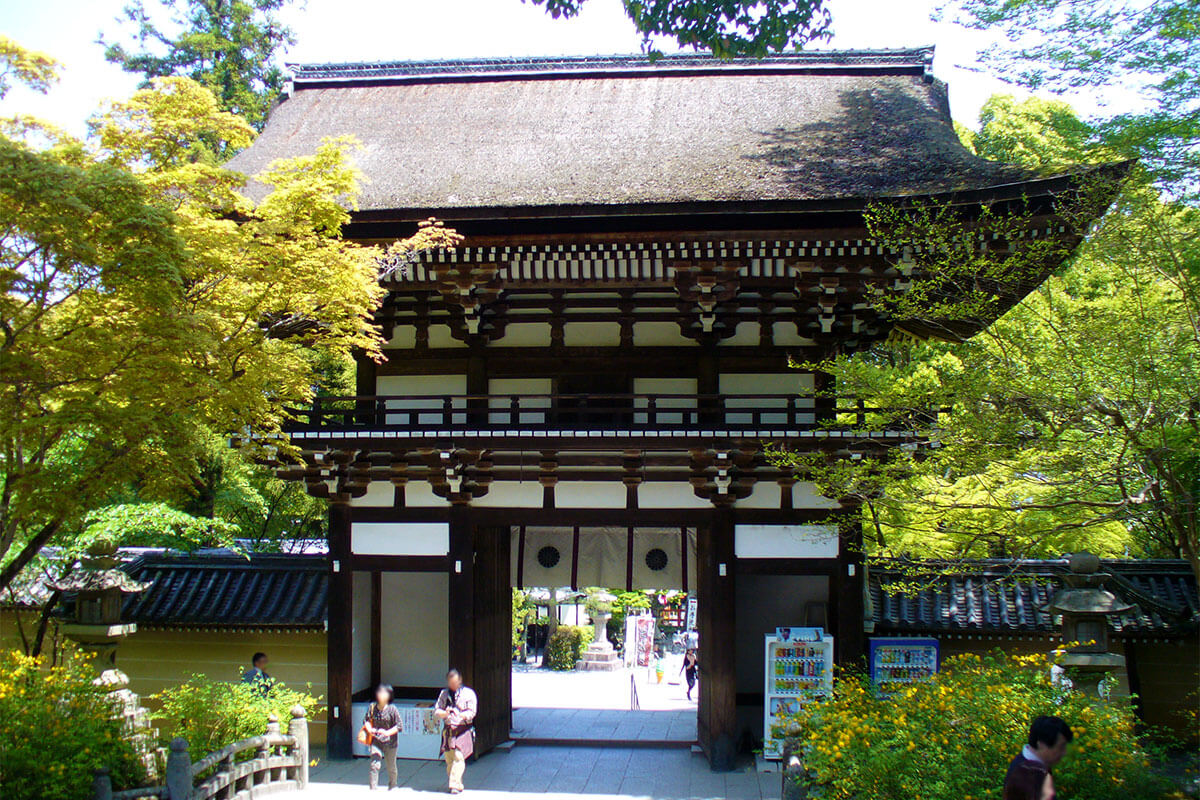
Matsuo Grand Shrine
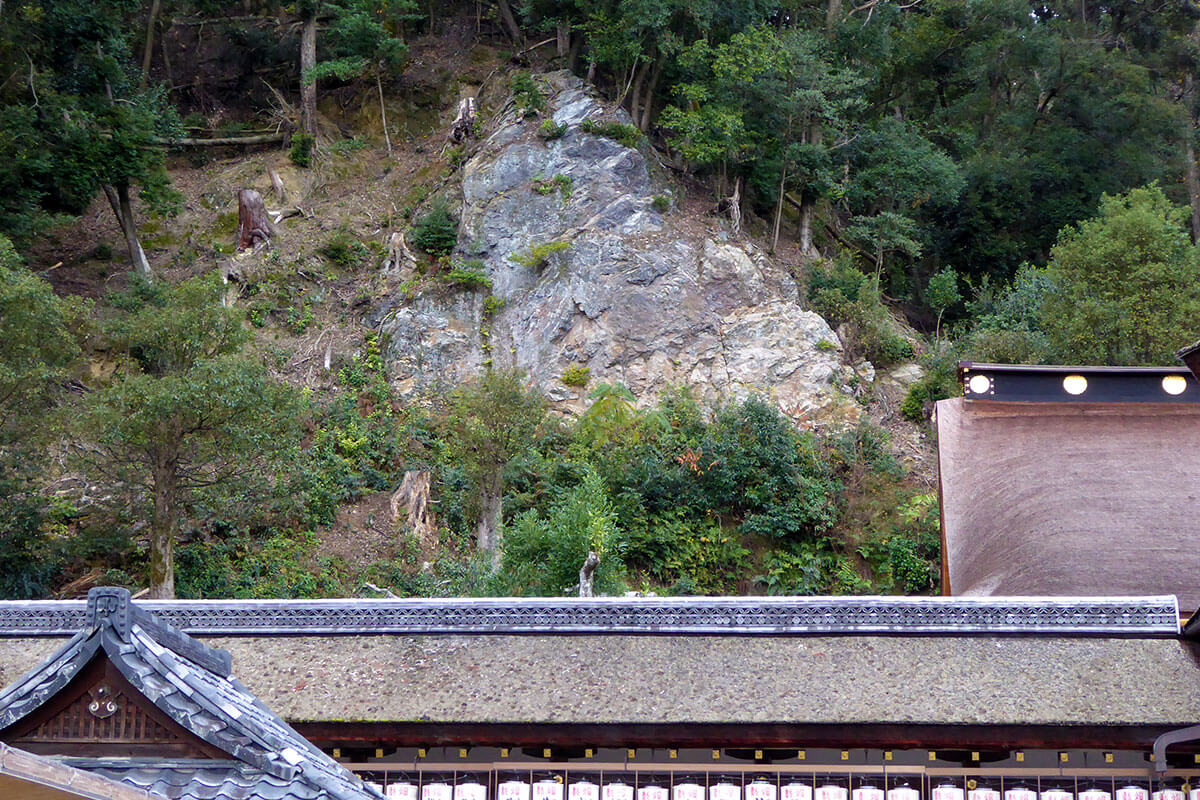
One of the rock formations of Matsuo-taisha Shrine
The Hata clan specialized in brewing sake.From that, since the Middle Ages,It is worshipped throughout the country as the god of alcohol.Curious,If water drawn from the "Kame no Ii" in the precincts of the temple is mixed with the water when brewing, the sake will not spoil.That's what it means.
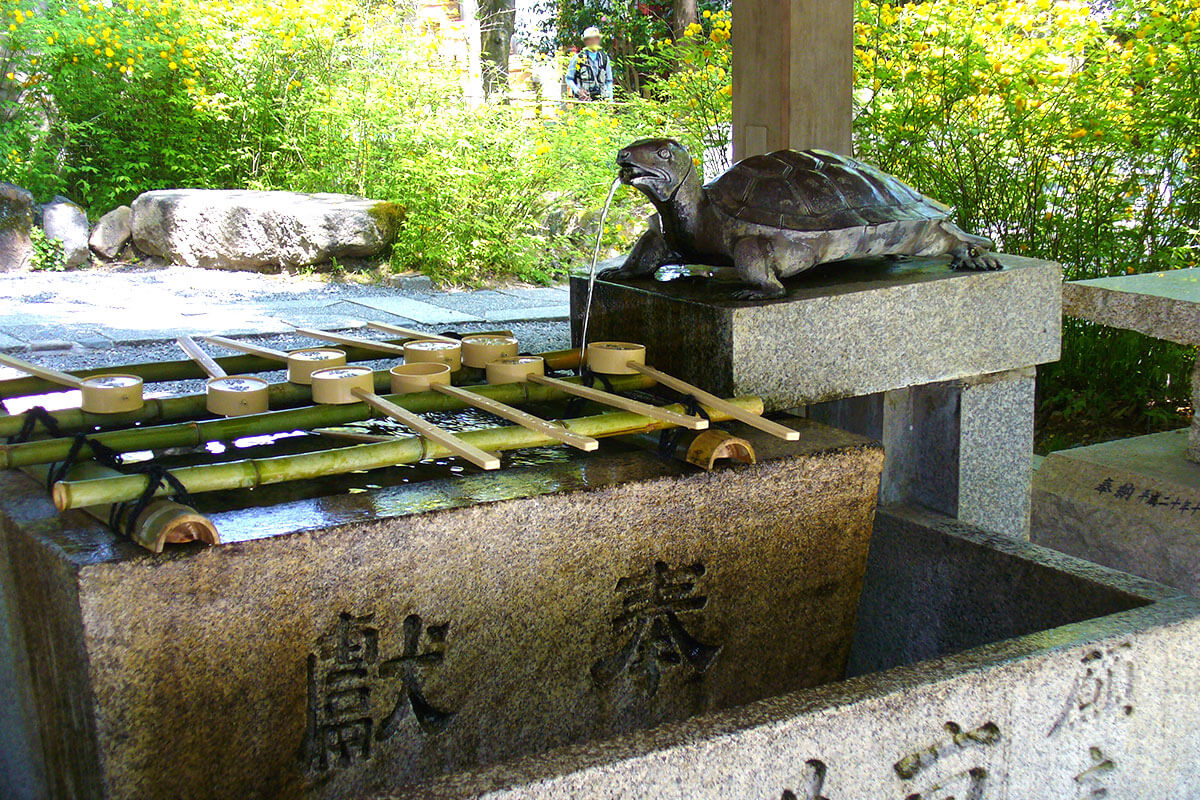
Here and there, there are turtles, messengers of the great god Matsuo.
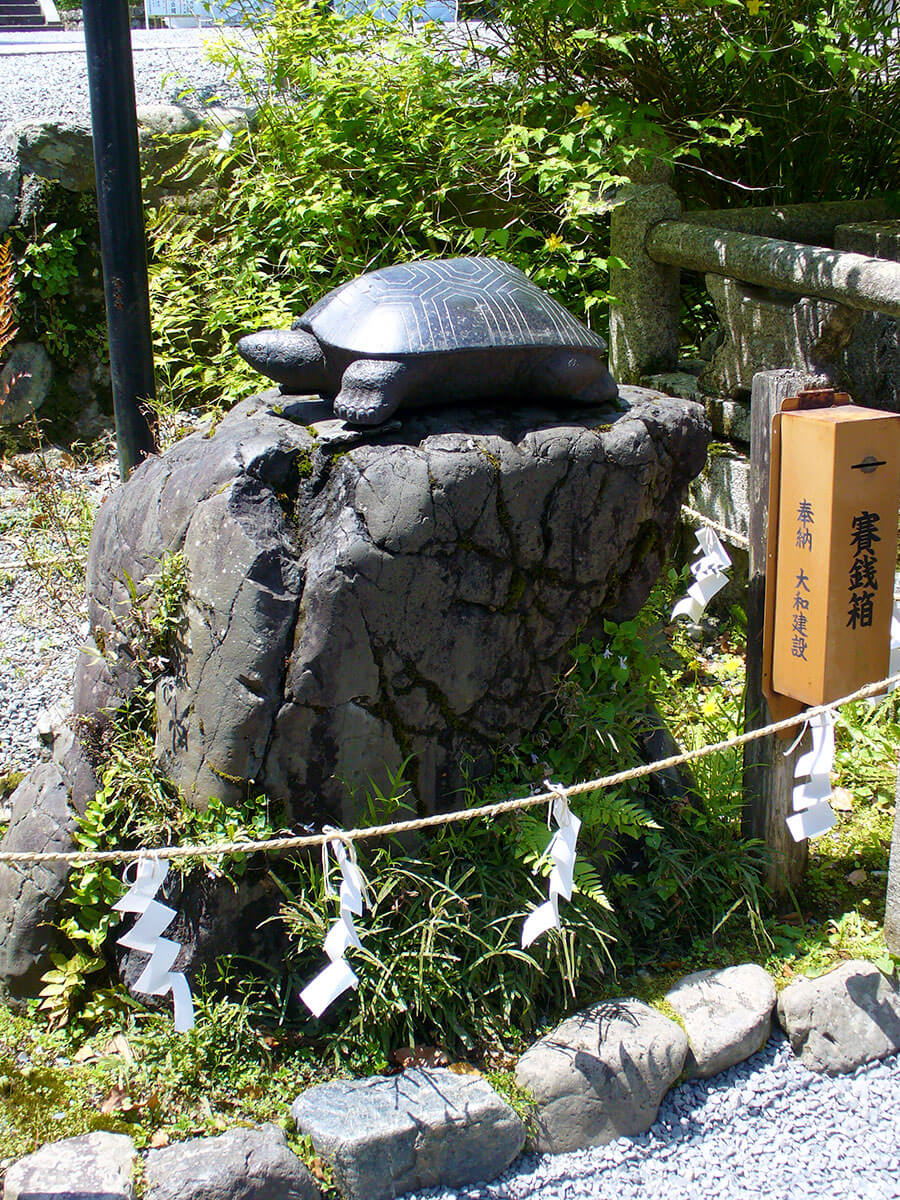
The "petting turtle" in the precincts of the temple, which is said to be beneficial when touched by hand.
Also, this ancient shrine isYamabuki no SatoDuring the Yamabuki Festival, held from April 10 to May 5, approximately 3,000 plants of Yamabuki bloom in the shrine grounds, delighting visitors with their lovely and glossy blossoms. Three types of flowers can be seen on the grounds: single-flowered, double-flowered, and chrysanthemum-flowered.
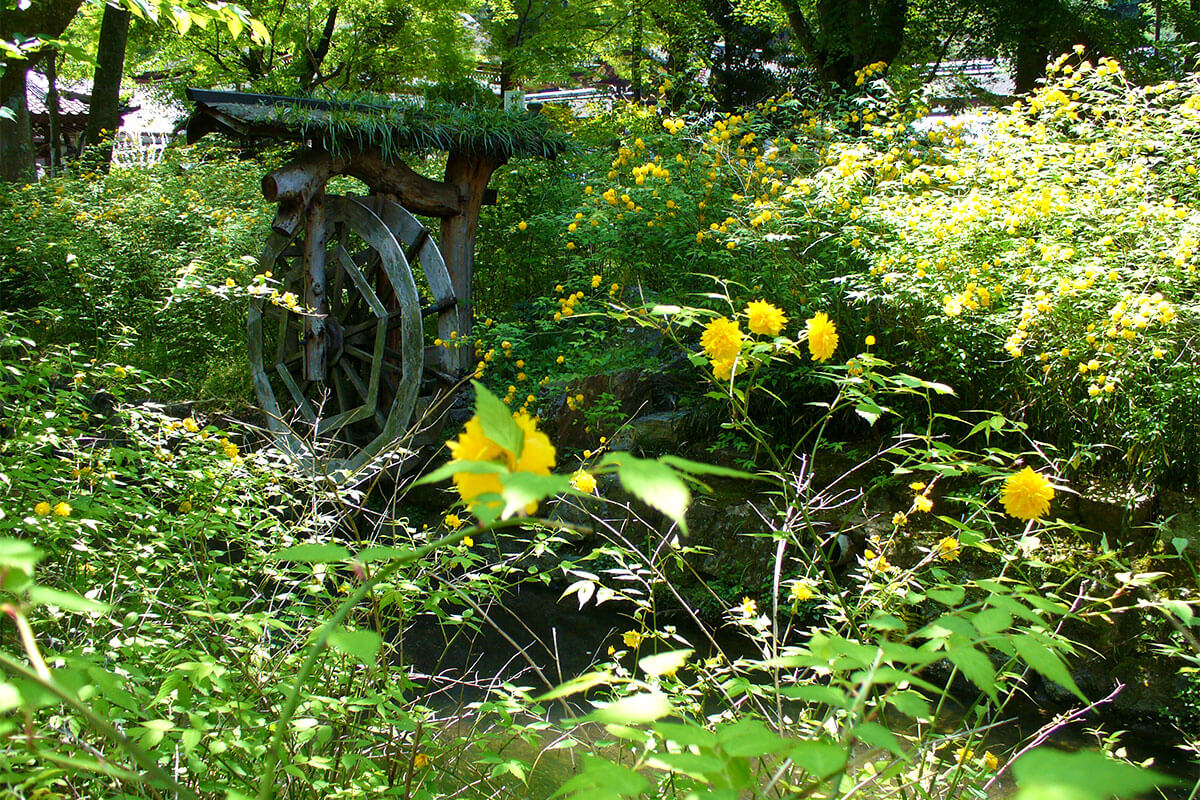
Yamabuki in the precincts
Since ancient times,Yamabuki, familiar to the Japanese, is a member of the rose familyIn,In English, it is called "Japanese Rose.It is called.It is also mentioned in the Manyoshu (The Anthology of Myriad Leaves), which is popularly referred to as the New Year's "2021", and has appeared in numerous works of literature since ancient times, including Sei Shonagon's The Pillow Book.The flower is familiar to the Japanese.
If you look up the language of flowers of Yamabuki, you will findThe "nobility" and "sublimity," and the "luck of the money.It is said. The golden fortune seems to come from the image of golden flowers and the anecdote that a gold coin dropped at the bottom of a valley turned into a Yamabuki flower. At Matsuo-taisha Shrine, "Yamabuki Hanamamori," a good-luck charm in the shape of a Yamabuki flower, is sold and is popular among worshipers. The amulet is said to bring good fortune.
Walking around the temple grounds, I overheard this conversation among worshippers.'There are white wildflowers in the precincts, and if you come across them, good things will happen to you.'Unfortunately, I could not find it that day and returned home. Unfortunately, I was unable to find it that day, but later I found that it was blooming in the "Kamiko-no-niwa" garden in the Shofu-en three gardens, which is known for its garden designer, Mirei Shigemori. The garden is said to be named after a rock formation in the Matsuo Mountains behind the shrine, and the stones placed in the garden are said to have been placed by the will of the gods.
The sound of the Ichinoi River running coolly through the temple grounds and the bright golden color of the Yaeyama bracts blooming in clusters along the banks of the river against the green leaves refreshed my eyes and my heart.
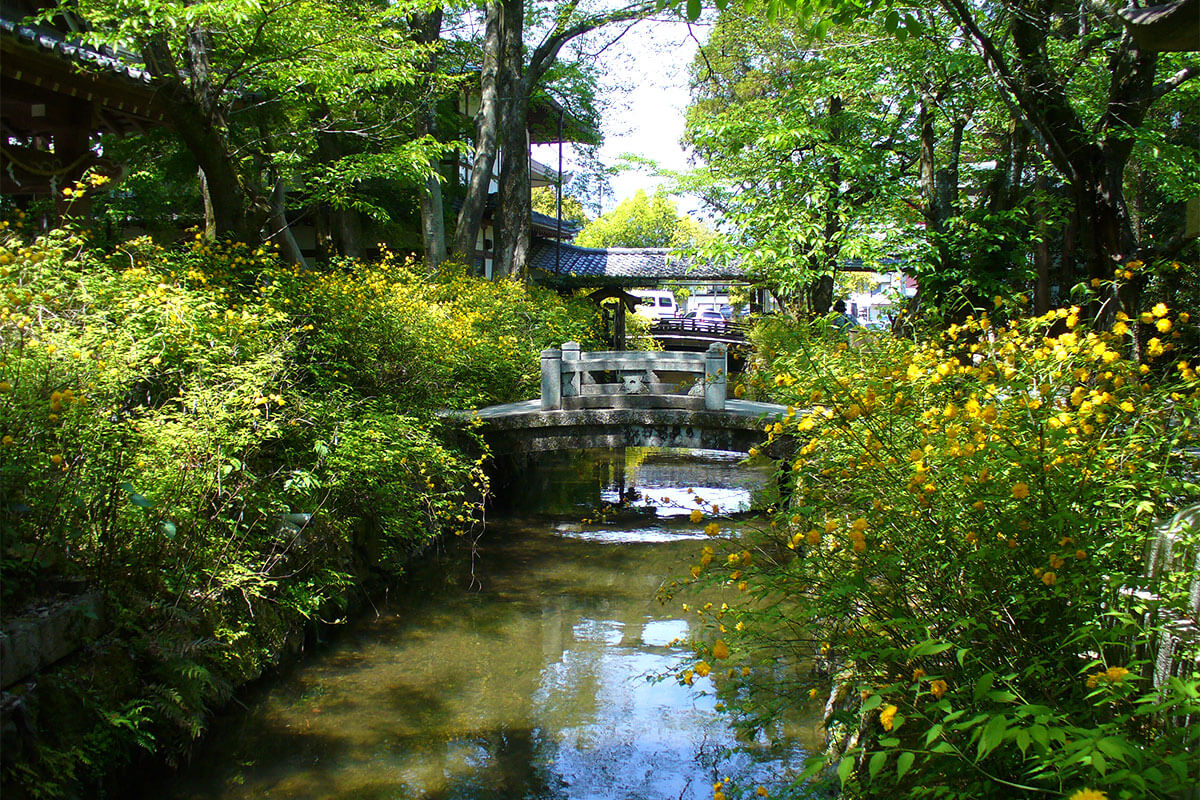
Yamabuki and Ninoi River
By the way, at the second torii of the shrineTwelve bundles of sakaki (sakaki), the number of the moon, are hung.
This isIt is called "Wakikanbyo," or "side offerings," and is used to predict whether crops will do well or not.It is said that when the sakaki withers, it means a good harvest. It is said that if the sakaki withers, there is a good harvest, and if it remains withered, there is a bad harvest. Sakaki, written "kami" in Japanese, is said to be a tree where God dwells, and is also called a tree on the border between God and man, and is believed to have the power to drive away impurities.
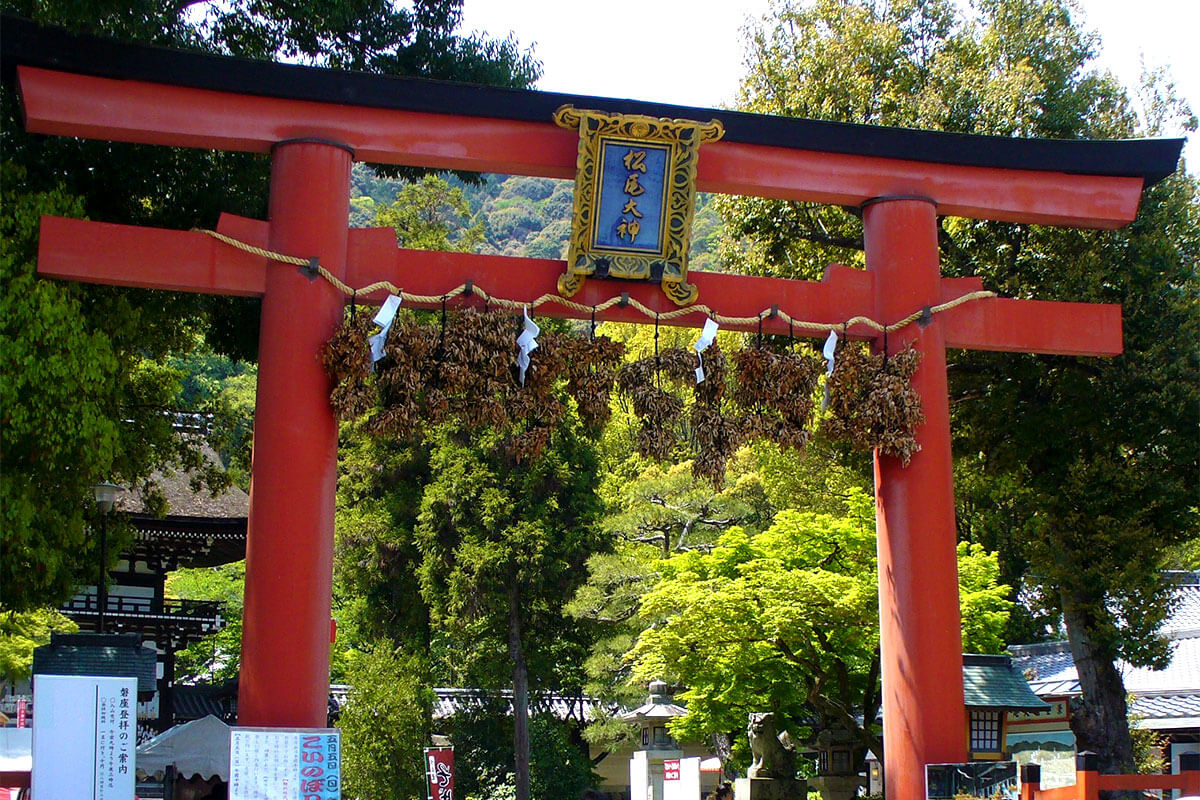
sakaki at the side of the shrine
While gazing at yamabuki in full bloom at the old shrine, we would like to receive various kinds of power and enjoy the spring season to the fullest.
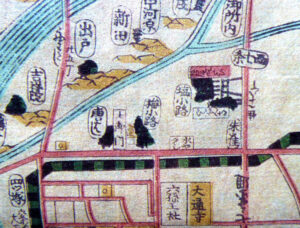
Historically speaking, it is quite an interesting area!
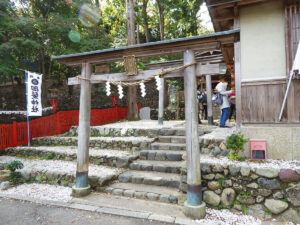
The only one in Japan
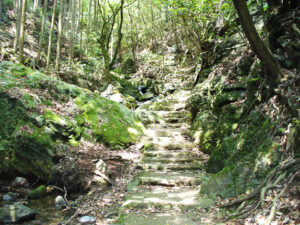
form of misogi performed in Kyoto (sometimes specifically referring to the Misogi of Kyoto)
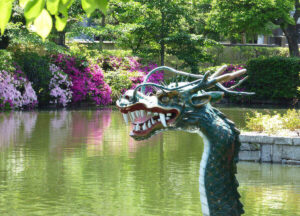
Believed to be a gateway to the other world.
Tradition that exists everywhere in the city of Kyoto. It is not just a picture, it is secretly alive in this modern age and continues to coexist with people. The two of Office TO, who previously wrote a series of articles "Kyoto's Demon World Exploration" in the monthly magazine Leaf, explore the mysterious "different" world of Kyoto, which was created over 1200 years. I will unravel the story while actually visiting the place. .
 News
News Feature article
Feature article Featured event
Featured event